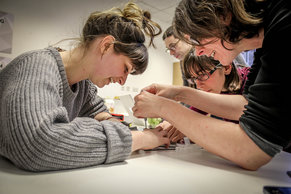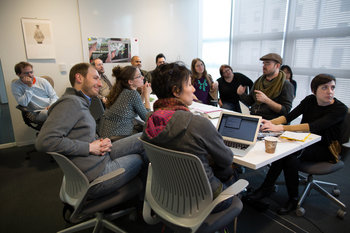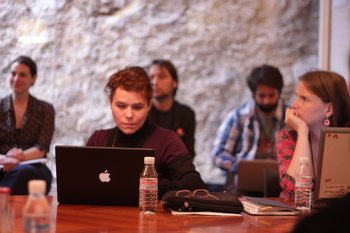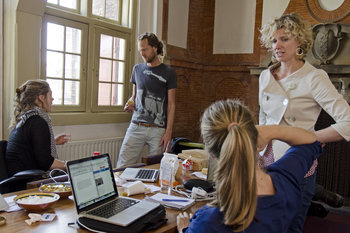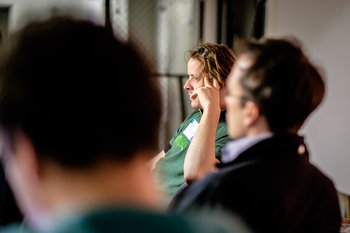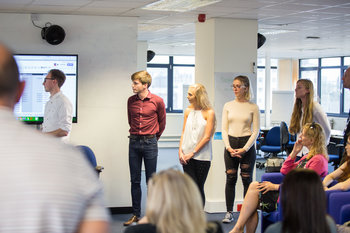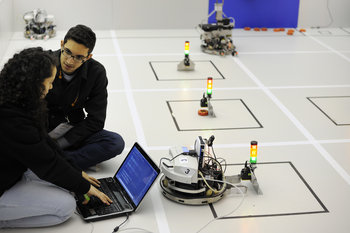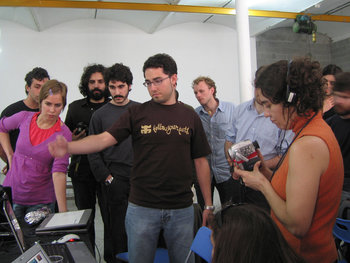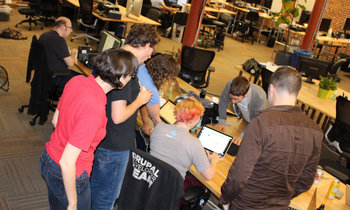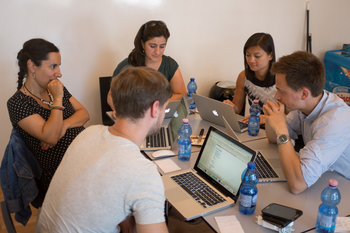Pomodoro TechniqueBreaking work into 25 minute intervals followed by short breaks. | Parkinson's LawThe theory that work expands to fill the time available. In other words, short deadlines improve productivity. |
Creativity of ConstraintsThe theory you can often do more with less – impose constraints that keep work simple and short. | PrioritizationPrioritize tasks based on urgency, value, complexity and the risk that they will fail. |
80/20 RuleThe theory that 80% of results come from 20% of effort. Suggests that perfectionism ruins productivity. | Zeigarnik EffectThe theory that incomplete tasks are more memorable than complete ones. Applies to memory related productivity such as learning. |
FlowA state of complete immersion in the task at hand such that time flies by. | Two-Minute RuleAny task that can be completed very quickly should be done immediately to clear it. |
Last Responsible MomentLeaving decisions and planning until they really need to be done. | Ship OftenThe practice of regularly updating products to get real world feedback. |
Worse is BetterThe principle that adding more to things can actually reduce their value. | Eat That FrogTackle unpleasant tasks first and your other work will feel easy. |
BatchingGroup similar work together. | Mise en PlaceThe practice of organizing your workspace for productivity. |
Time BlockingBlocking time to focus on things. For example, clearly setting time for work and family. | MultitaskingA theory popular in the 1990s that doing many things at once is productive. This is quite unfashionable now. |
Respect for TimeThe principle that you view time as a precious resource not to be wasted. | Time PressureDeadlines that increase work intensity. |
Time BoxingSetting a strict limit on a task to avoid time sinks. | BacklogMaintaining a list of everything you’d like to do with the expectation that only high priority items will ever be completed. |
Automating ToilAutomating work you find unpleasant or low value. | Continuous ImprovementExperimenting with new ways to do things and scaling what works. |
MotivationBuilding up an intense desire to do things may increase your energy towards them. | Self-DisciplineCultivating the discipline to work hard even when not motivated to do so. |
Handling AmbiguityMaking a reasonable decision when there is information missing. Helps you to move ahead. | PragmatismBeing flexible to deal with real world problems and get things done even if results are somewhat imperfect. |
Productive AssumptionsSetting assumptions that improve your productivity as opposed to realistic assumptions. |
 |
A-Z | Popular | Blog | Productivity | Search » |
